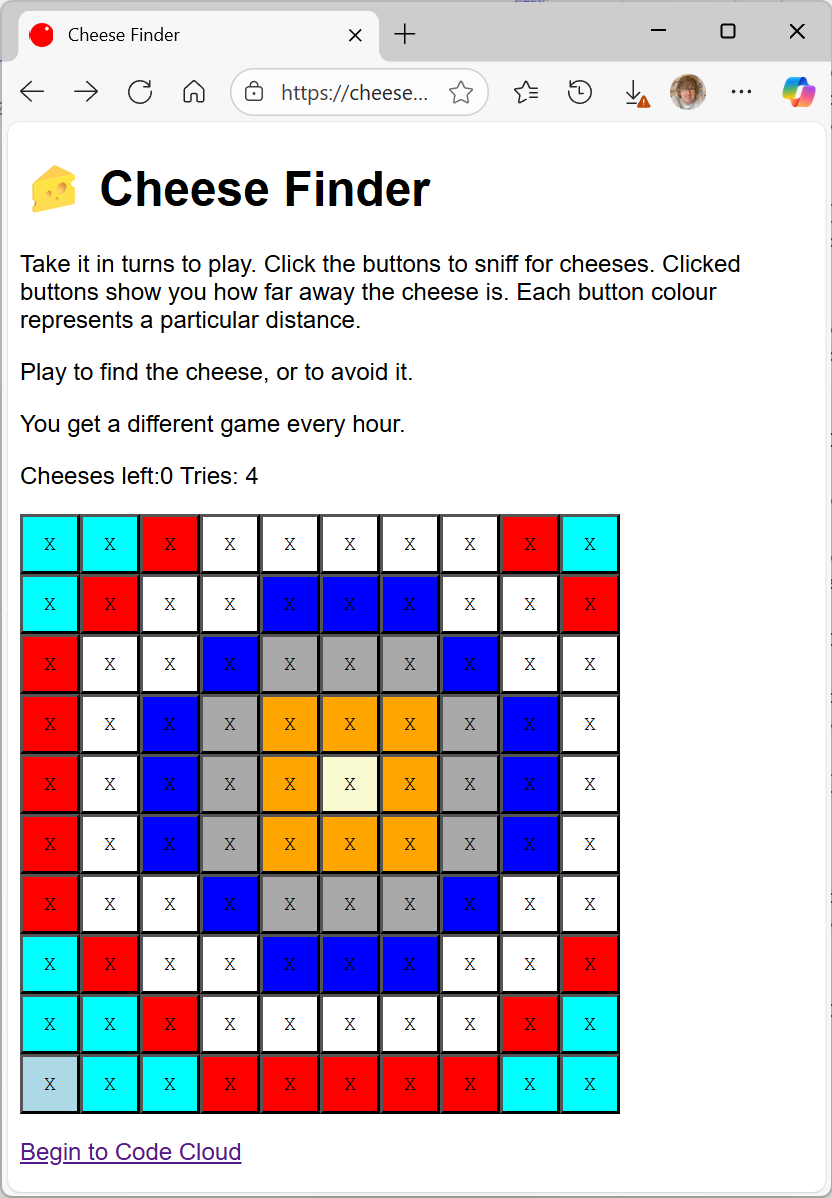My blog post here shows how to get a Pure Data patch to receive data from a com port. At the bottom of the patch you can see a data flow coming out of the comport object and ending in a rather enigmatic way. The patch decodes the input message and routes it to the required destination. It uses a Pure Data loop to assemble the message (which is a line of text) and then uses FUDI (Fast Universal Digital Interface) to parse the text and extract a message which is then routed to the appropriate destination.
Remember that what is happening is that individual bytes are arriving, one at a time, and need to be assembled into a line of text. The text is terminated by a newline character (10) or a return (13).
The sel object at the top of the patch takes the input stream and feeds it to one of three outputs. If the input value is 10 or 13 (the characters that mark the end of the list) the list is triggered to push its contents into the fudiparse object. If the input value is anything else (this is what the right hand output from sel is for) the newly received character is added to the start of the list, building up the line of text.
The fudiparse block takes the buffer containing the incoming message (in our case “encoder 97 5” and uses it to generate a Pure Data message that contains the values “encoder”, 97 and 5. This message is then sent into a route object. This looks at the first item in the message and then sends the rest of the message (the values 97 and 5) to the output that matches that name. In the case of the patch above, this means that the two encoder value are sent to a message endpoint called “encoderReceived”. Patches in other parts of the of the application can receive these messages and act on them.
You should be able to work out that the decoder above can also respond to an incoming message called button, which tells the Pure Data application when a button was pressed.

























